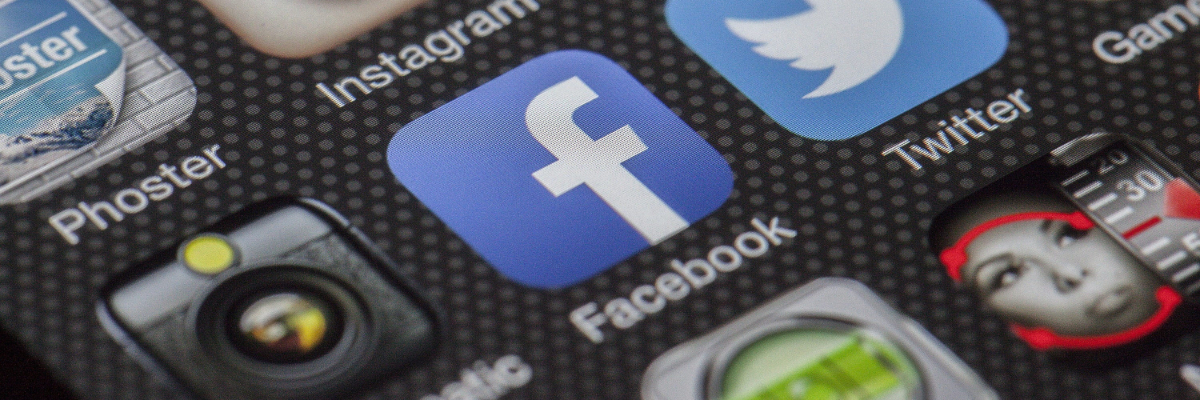Useful tips for developing more useful mobile device applications
The problem of usability of mobile applications is still quite big. There are no application developer guidelines yet. Also, the diversity between different phone models makes it difficult to define a “standard” for the usage factor.
 Most (though not all) usability issues arise from hardware issues. While some are impossible to solve, there are others that can be addressed by the software developer , provided he knows how to deal with these problems.
Most (though not all) usability issues arise from hardware issues. While some are impossible to solve, there are others that can be addressed by the software developer , provided he knows how to deal with these problems.
Screen resolution
With the advent of many new mobile phones on the market, each with different features, screens and resolutions, it will be impossible to evaluate the ideal resolution that the application should have.
Adding too many features to your application will make the problem worse. Therefore, the trick to addressing this issue is to place as little information as possible on the display screen and then make it larger.
Colors and contrast
The latest mobile phones with LCD screens come with amazing color and contrast capabilities. This tempts the programmer to use tinted colors, without realizing that mobile phones are meant to be worn everywhere and used in all light conditions. Poor lighting conditions can make it difficult for users to perceive these subtle colors, making it more difficult for them to read information on the screen.
The most sensitive thing for a developer to do here is to use high color contrast schemes and differentiate widgets (as and when applied) with solid color blocks, not just by using vague underlined or shaded boxes. Also, using simple graphics and removing unnecessary elements will give your application more utility.
Buttons Functions
Most mobile phone users fail to get the most out of their phones because they do not fully understand all the functions of the buttons on their mobile device.
Make sure you see that your button indicators make good sense to end users. Include a detailed help section, if necessary, citing each of these button functions so that the user can run the application smoothly.
Font size
Almost all mobile phones contain fonts that are too small to read easily. The screens are small in size and therefore the fonts need to be small in size to fit.
While, as a developer, you can’t do anything about the default font size of your mobile phone, you can definitely try to make the fonts as large as possible for your specific application. This will increase the utilization rate of your application.
Keep in mind that it will be a torture for end users to drag and drop objects on the screen of a small mobile device, so avoid including such features in your app. Instead, doing something on the screen and enlarging it will help users, because they will be able to work better with the application.
Keyboards
Smartphone flaps, even physical QWERTY flaps, can be quite painful. Even keyboards that provide better moving space can be quite difficult for users.
So try to avoid key entries as much as possible. At least try and keep it to a minimum, if you can afford to do so.
In conclusion, working with so many different mobile devices can be quite a daunting task, especially since you can’t set an “ideal” standard for developing applications for all of these devices. However, keeping your mobile app flexible and using the most common features possible can greatly help you create better and more useful mobile phone apps.
